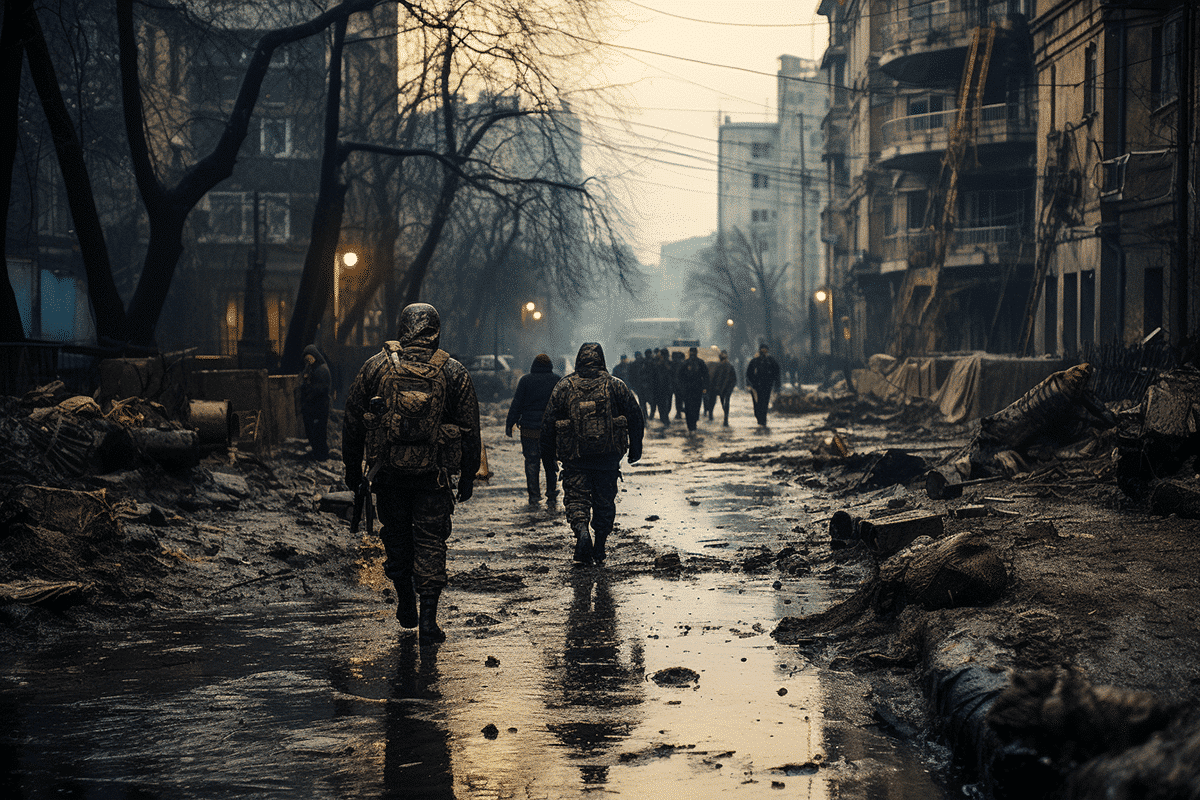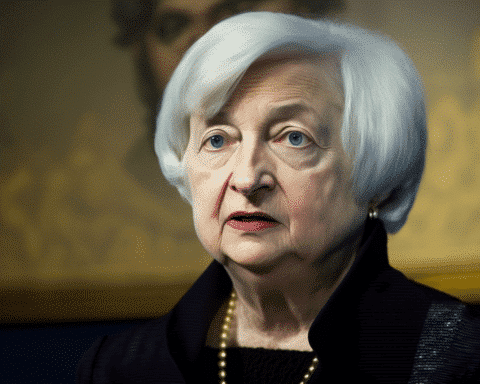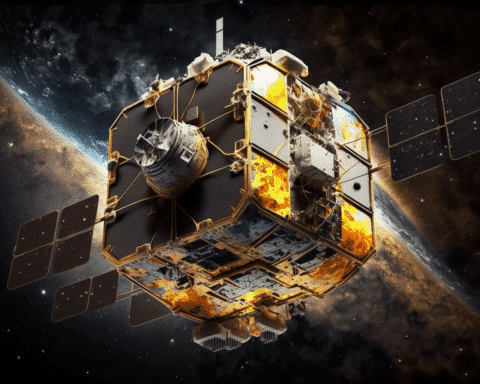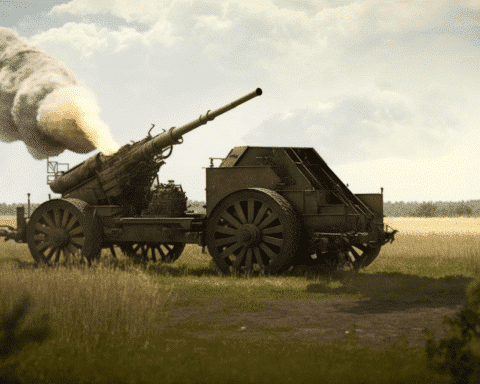Ukraine’s surprise cross-border incursion into Russia this week marked a significant and unexpected maneuver in the ongoing conflict. This strategic move, the largest of its kind in almost 900 days of war, has left many analysts questioning its ultimate goal. However, it clearly serves as a countermeasure to Russia’s persistent efforts to penetrate Ukrainian defenses in the east.
In recent months, Russia’s offensive has been characterized by slow, grinding progress. Despite heavy losses of troops and armor, the incremental advances are beginning to add up. For Ukraine, these summer months are crucial. The Ukrainian army must stave off a larger and better-equipped enemy while also repairing a national power grid severely damaged by Russian missiles before the onset of winter.
The battlefield along the roughly 1,000-kilometer (600-mile) front line remains largely deadlocked. However, in certain areas, particularly in the Donetsk region, Russia is making concerted efforts to exploit the dry terrain for armor movement, tree lines for infantry cover, and clear skies to launch devastating glide bombs. These tactics aim to obliterate Ukrainian defenses and force retreats.
Russia’s hallmark approach involves using artillery, missiles, and bombs to reduce villages and hamlets to ruins, thereby denying Ukrainian troops defensive cover. This relentless push allows Moscow’s forces to exploit any weaknesses in Ukrainian lines, particularly where troop levels are lower or rotations are underway. Currently, Russian forces are threatening key Ukrainian strongholds such as Pokrovsk, Toretsk, and Chasiv Yar. With Russian troops just 10 miles (16 kilometers) from Pokrovsk, an important logistics hub, the situation is becoming increasingly precarious for Ukraine.
Despite having the momentum, Russia faces significant challenges. Its army sustained more than 1,000 casualties a day in May and June while advancing on Donetsk. While Russia has overrun several small Ukrainian settlements, its progress is likely to slow as it encounters larger, more urban areas. Analysts suggest that Russia’s logistical and organizational limitations make it difficult to organize a deep advance behind Ukrainian lines, even if a breach is achieved.
Adding a new twist to the conflict, Ukraine launched an incursion into Russia’s Kursk province on August 6. This bold move, originating from Ukraine’s northeastern Sumy region, opens a new area of conflict on Russian soil. Although officials in Kyiv have remained tight-lipped about the operation, its significance is clear. The incursion could be the beginning of a more extensive push to seize the city of Kursk and a nearby nuclear power plant, or it might be a short-term foray. The long-term strategy for holding territory inside Russia remains uncertain.
Ukraine’s situation is grim but not hopeless. The army faces immense pressure, lacking the manpower and weapons to mount its own offensive. Equipping new brigades, securing air defenses, and managing exhausted front-line troops present significant challenges. Nonetheless, Ukraine is making tactical retreats and pushing back in other areas to manage Russian pressure. Recent deliveries of F-16 fighter jets from Western allies are expected to bolster Ukraine’s defensive capabilities.
As the conflict drags on, the prospects for peace remain distant. Russian President Vladimir Putin seeks Ukraine’s capitulation, while Ukrainian President Volodymyr Zelenskyy demands the withdrawal of Russian forces. Both sides aim to leverage battlefield successes to negotiate favorable terms. Putin appears content to sustain a low-intensity conflict, hoping to erode Western support for Ukraine over time. Meanwhile, Zelenskyy argues that Ukraine cannot win the war without the ability to strike targets in Russia, a limitation currently imposed by the U.S.
Upcoming political events, such as the November U.S. elections, could significantly impact the conflict’s trajectory. A second international diplomatic gathering on ending the war is also anticipated in the fall, potentially offering a platform for renewed negotiations.
In the interim, the war continues unabated. The front-line stalemate, coupled with international political developments and the uncertainty of Western support, suggests that a sustained diplomatic effort may eventually be necessary to bring the conflict to a close. For now, as long as both Ukraine and Russia have resources to deploy, the battle will rage on.




